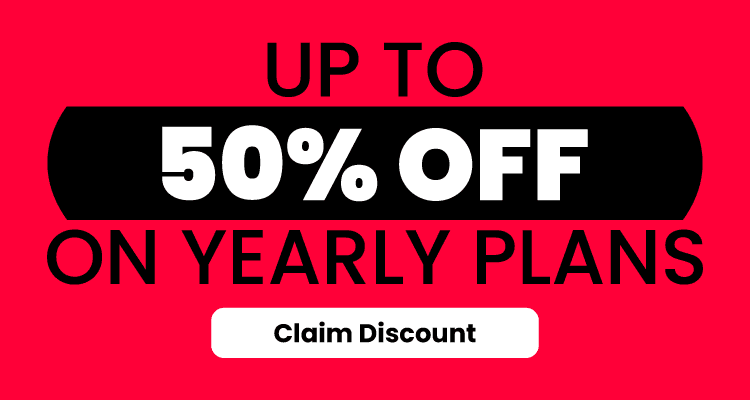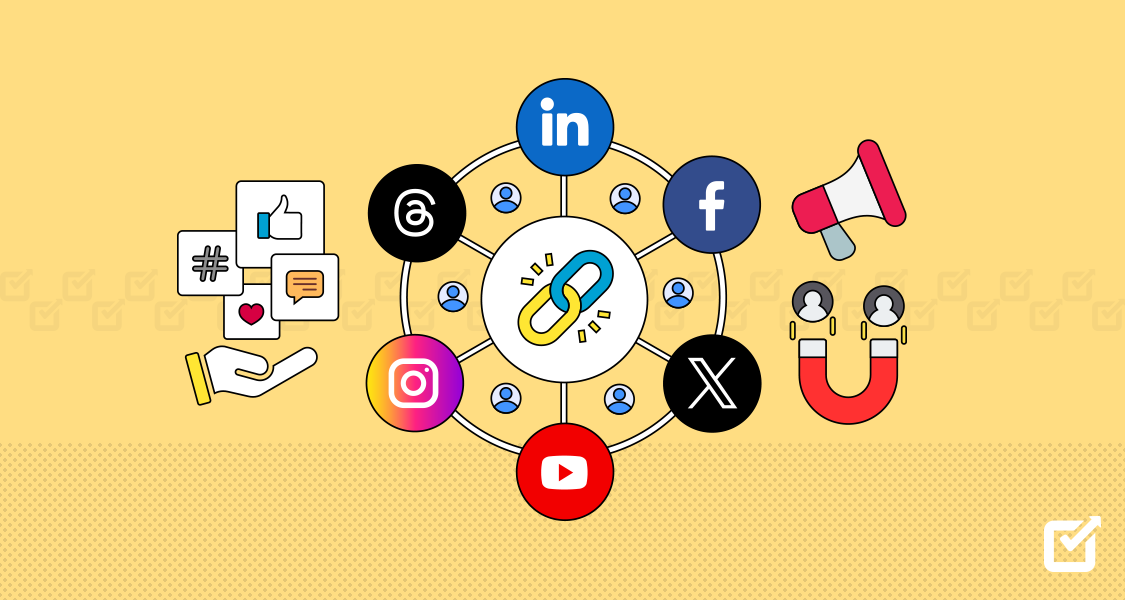Boosting engagement is one of the most challenging tasks in social media. You can post regularly, use trending hashtags, and still see likes and comments fall short of expectations. The good news? Engagement often improves when you rely on data instead of guesswork. By looking at the numbers behind audience behavior, trends, and even external influences, marketers can uncover strategies that actually move the needle.
Here are five data-backed hacks you can use to improve engagement and keep your social media efforts working smarter, not harder.
1. Use Audience Insights to Spot the Best Posting Times
Every platform provides built-in analytics showing when your followers are most active. This information is one of the easiest ways to improve engagement without changing your content at all.
Check your insights on Instagram, TikTok, or Twitter to see when your audience is online. Posting during those peak hours means your content appears near the top of their feed when they’re most likely to interact. If you’re using scheduling tools, you can even automate this so your posts go live at optimal times every day.
The result is more impressions, more visibility, and a stronger chance of sparking conversations with your community. For more practical advice on timing and planning, check out these Instagram posting tips.
The result is more impressions, more visibility, and a stronger chance of sparking conversations with your community.
2. Tap Into Trending Search and Topic Data
Social media trends move fast, and guessing what might take off rarely works. Instead, let data guide you toward the conversations people are already having. Tools like Google Trends can show which topics are on the rise in real time, and there are excellent resources on how to apply this data in your marketing. For example, this guide on using Google Trends for content strategy breaks down how to spot opportunities before they peak.
By tracking these data points, you can create content that feels timely and relevant. If searches for “back-to-school outfits” are spiking, a fashion influencer could quickly put together a short-form video with outfit ideas. The timing is what makes it resonate, and the engagement numbers usually reflect that.
To stay ahead, it’s also smart to understand how platforms decide what gets visibility. Learning about the Instagram algorithm can give you the inside edge on why certain posts surface higher and gain traction faster.
3. Leverage Seasonal and Weather Patterns for Content Planning
The weather has a bigger impact on social media behavior than most people realize. Rainy afternoons often lead to higher video views as people spend more time indoors, while bright sunny days can shift attention to outdoor activities and lifestyle content. Recognizing these shifts allows you to plan posts that feel aligned with what your audience is experiencing in the moment.
Creators can utilize free weather API access to determine which types of content perform better under specific conditions. A fitness creator might discover that at-home workout posts receive more engagement during stormy weeks, while outdoor routines tend to thrive in good weather. A retail brand could spot that cozy product posts resonate during colder months, while summer gear performs best during heatwaves.
By treating weather as another source of data, you gain an extra edge in planning. It’s a simple way to bring relevance to your content strategy and ensure posts land when your audience is most likely to engage.

4. Analyze Competitor Engagement Data
Examining what similar accounts are doing can provide a clearer idea of what works in your niche. Competitor analysis isn’t about copying; it’s about spotting patterns. Check which types of posts generate the most comments, which formats get shared the most, and how often they post.
By comparing your results with theirs, you can identify gaps or areas for improvement. Maybe a competitor’s tutorials consistently outperform their promotional posts, suggesting your audience also prefers educational content. Or perhaps their audience engages most with short-form video, while yours responds better to carousels. These observations can help guide your strategy and save you time by avoiding blind experimentation.
For businesses trying to grow consistently, it helps to step back and look at the broader strategy. Learning how to set up and maintain an Instagram business profile can ensure your efforts are built on a strong foundation.
5. Experiment With Content Formats and Track the Data
Not every audience responds equally to every format. Polls, reels, carousels, memes, and behind-the-scenes videos can each spark different levels of engagement. The key is to test a mix of formats, track their performance, and lean into what delivers the strongest results.
Analytics are especially useful here. For instance, you might notice that polls generate lots of quick interactions, while longer-form videos bring in more saves and shares. Both are valuable, but in different ways. Over time, these insights reveal how to balance your content for maximum impact.
For a deeper breakdown of which numbers to watch, take a look at this guide on Instagram metrics that matter. Knowing which KPIs to track makes it much easier to measure the results of your format experiments and focus on what really drives engagement.
Conclusion
Improving social media engagement doesn’t have to be a guessing game. By relying on data, you can uncover patterns that point to better timing, more relevant content, and smarter campaign planning. Whether it’s checking your analytics, spotting search trends, factoring in the weather, learning from competitors, or testing new formats, each hack gives you another way to connect with your audience in a meaningful way.
The more you treat engagement as something you can measure and refine, the easier it becomes to keep your content strategy on track.



